Teaching the New Tools of Monetary Policy
Resources for teaching the Fed's monetary policy tools in an ample-reserves framework.
{{searchResultSnippet}}
 Back to All
Back to All

This video assignment gives an introduction to the Fed’s three main functions and how it plays a role in the nation’s economy.
The Federal Reserve Bank of the United States. It handles trillions of dollars every day. The Federal Reserve is not a bank like the ones you're familiar with, but it does many things for us. When you buy a t-shirt for ten dollars or a company transfers millions of dollars, there's a good chance the Fed's involved in making sure payments go where they're supposed to go. Also, people from the Fed supervise many of the nation's banks making sure they stay healthy and play by the rules. And the Fed helps keep the economy stable so prices don't shoot up and the economy keeps growing. If you want to know how our country's economy works. There's no better place to start than by looking at the Federal Reserve. So, how should we start? Just say what the Fed is. The Federal Reserve, known as the Fed, is the central bank of the United States. And a central bank is? Well, a central bank regulates the supply of money in a country, issues currency in that country and oversees the country's banks. Actually, the Federal Reserve is a decentralized central bank. But how can a central bank be decentralized? Because the Fed has 12 regional Reserve banks. They are spread throughout the country. As our central bank the Fed is one of the main institutions in the U.S. that influences the economy. So? Say what an economy is. An economy is the system by which goods and services are produced, sold and bought in a country or region. In other words we are producing and selling and buying goods, like cars and apples and shampoo...and services provided by nurses and sales clerks and car mechanics. All these things are part of the economy. And, since all of us buy goods and services, the economy affects us every day. The Federal Reserve has very important effects on everyone's daily lives. First of all, in making monetary policy, we affect interest rates that everybody pays. We are involved in setting the monetary policy for the nation. That sounds abstract, right? How could that have anything to do with me? But, it has a direct influence on the daily lives of people all across the country because it affects the interest rates--what you're paying for your mortgage or your car loan. The decisions the Fed makes determine the level of short term interest rates and expectations about the path of short term interest rates affect longer term interest rates. And, in turn, those interest rates affect what people pay for mortgages. The level of interest rates also affect, for example, what you would pay on your credit card to borrow. So, borrowing costs are affected by the monetary policies that we set. If you take the money out of your pocket, that folding money and the quality of it, is our responsibility, and we help protect its value and make sure that it sound. So we have very broad responsibilities that affect every citizen in our country, in every way imaginable. One of the Federal Reserve's biggest jobs is to help keep the economy on track. Growing as fast as they can, but keeping prices in general from rising by very much. The Fed also has a mandate to maximize employment--to do what it can to create the right environment so businesses can create jobs and keep people working. So, Congress has established some important goals for us for monetary policy. And, in particular, the main goals we've been charged with is maximum employment and price stability. So, we're trying to establish conditions in credit markets that will foster a strong economy, one that's able to provide jobs for people who are looking for work and stable prices that will aid people in their financial planning. We know about the Fed's goals, but what does the Federal Reserve actually do? Well, The Fed operates in three major areas: payments, supervision and regulation, and monetary policy. We're going to take a look at payments, supervision and regulation, and monetary policy in a few minutes. But first, let's see how the Fed is structured. What are the parts that make up the Federal Reserve system?
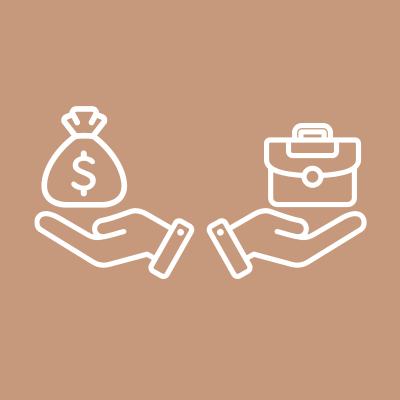
Teaching the New Tools of Monetary Policy
Resources for teaching the Fed's monetary policy tools in an ample-reserves framework.
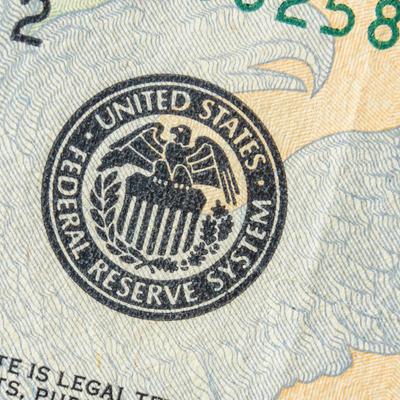
Making Sense of the Federal Reserve
Introduce the structure of the Federal Reserve and the basics of monetary policy.
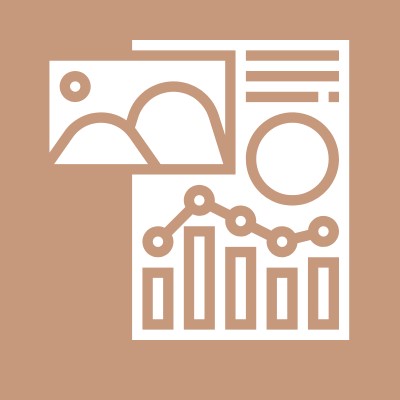
Fiscal & Monetary Policy
Define fiscal and monetary policy and highlight their differences.

Lecture Guide: How the Federal Reserve Implements Monetary Policy
This lesson teaches how the Federal Open Market Committee (FOMC) conducts monetary policy.
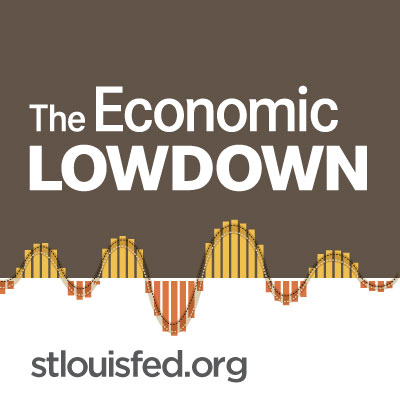
Econ Lowdown Podcast Series
21 Economics audio assignments for your classroom
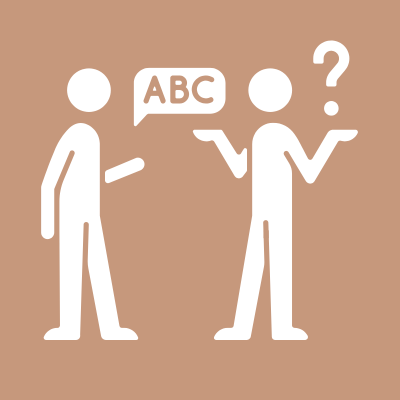
Jargon Alert: Helicopter Money
Learn about a tool to stimulate economies and fight deflationary pressures.
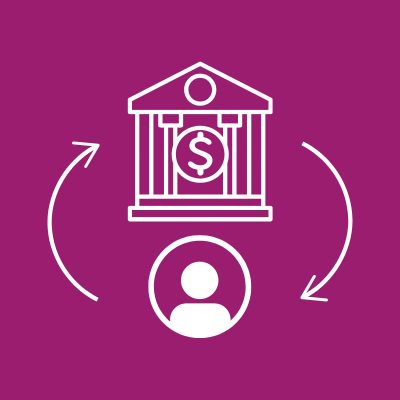
Boom Times and Bubbles: The Internet Age
Learn about the Monetary Control Act of 1980.

Central Banking
Learn the basics parts a central bank.

Creation of the Federal Reserve
Learn about banking panics, recessions, and depressions in the U.S. during the 1800s.

Inflation, Deflation, and Disinflation
Learn the differences between inflation, deflation, and disinflation.

Inflation, the Fed, and You
Learn what causes inflation.

Monetary Policy Fed and You
See how the Fed conducts monetary policy.

Money Versus Barter
Learn how money solves problems created by barter systems.

Price Stability
Learn the importance of price stability.

Stagflation in the 1970s
How did Federal Reserve Chairman Paul Volcker contain inflation, spurred economic growth, and reduced unemployment?

Structure of the Federal Reserve
Learn about the Board of Governors, the Reserve Banks, and the FOMC.
{{resourceTitle}}
{{resourceBlurb}}